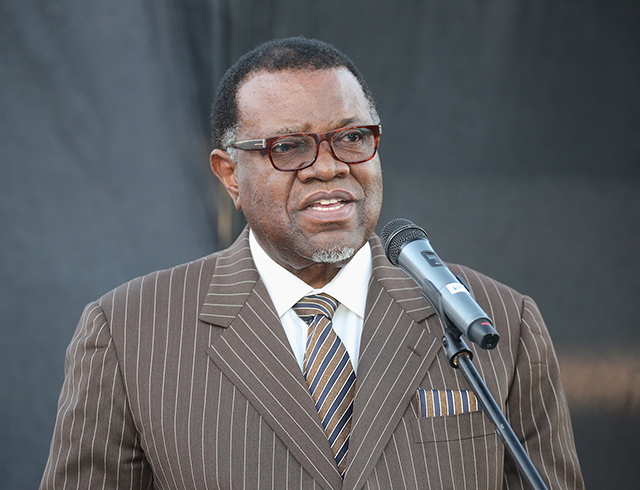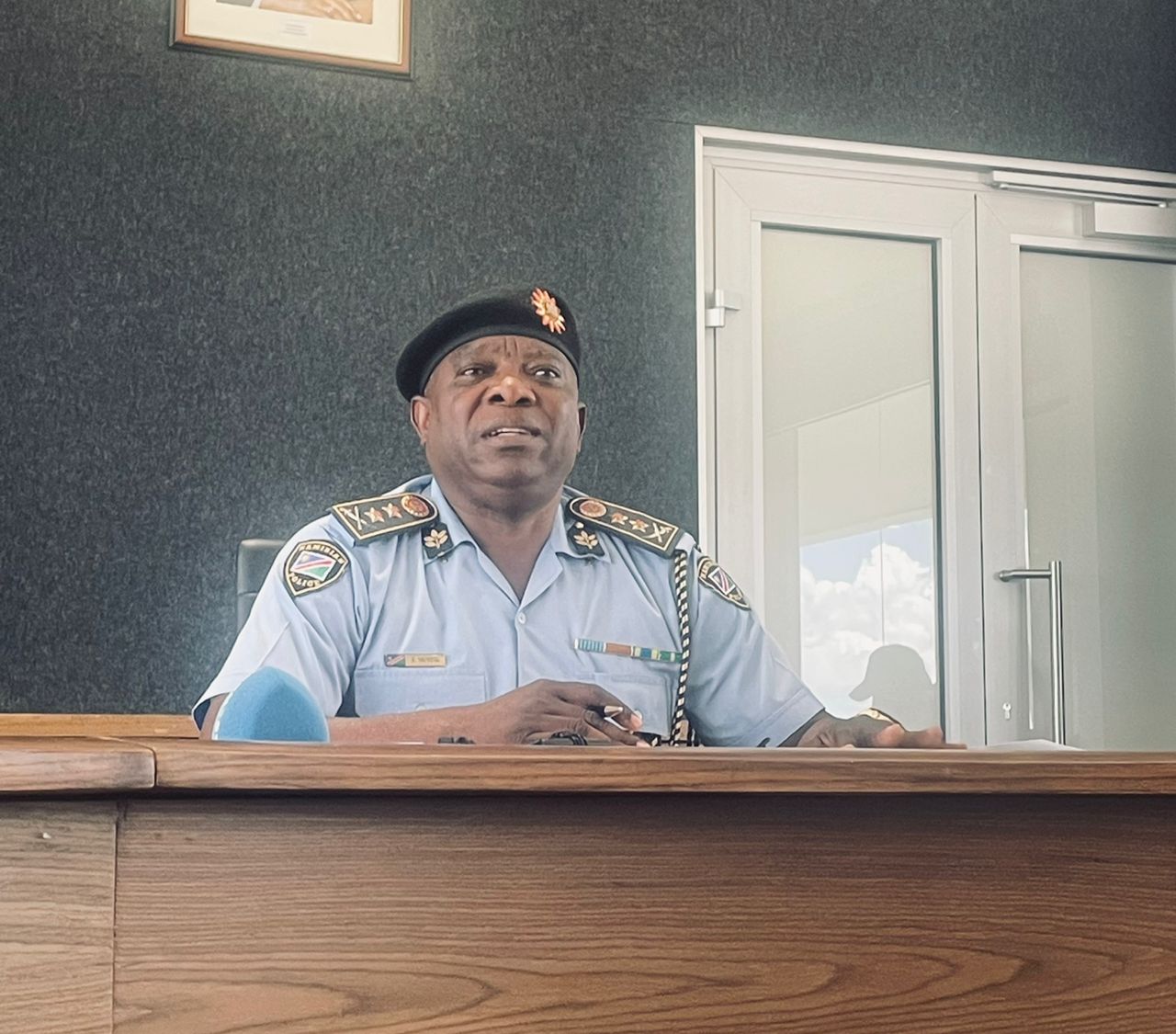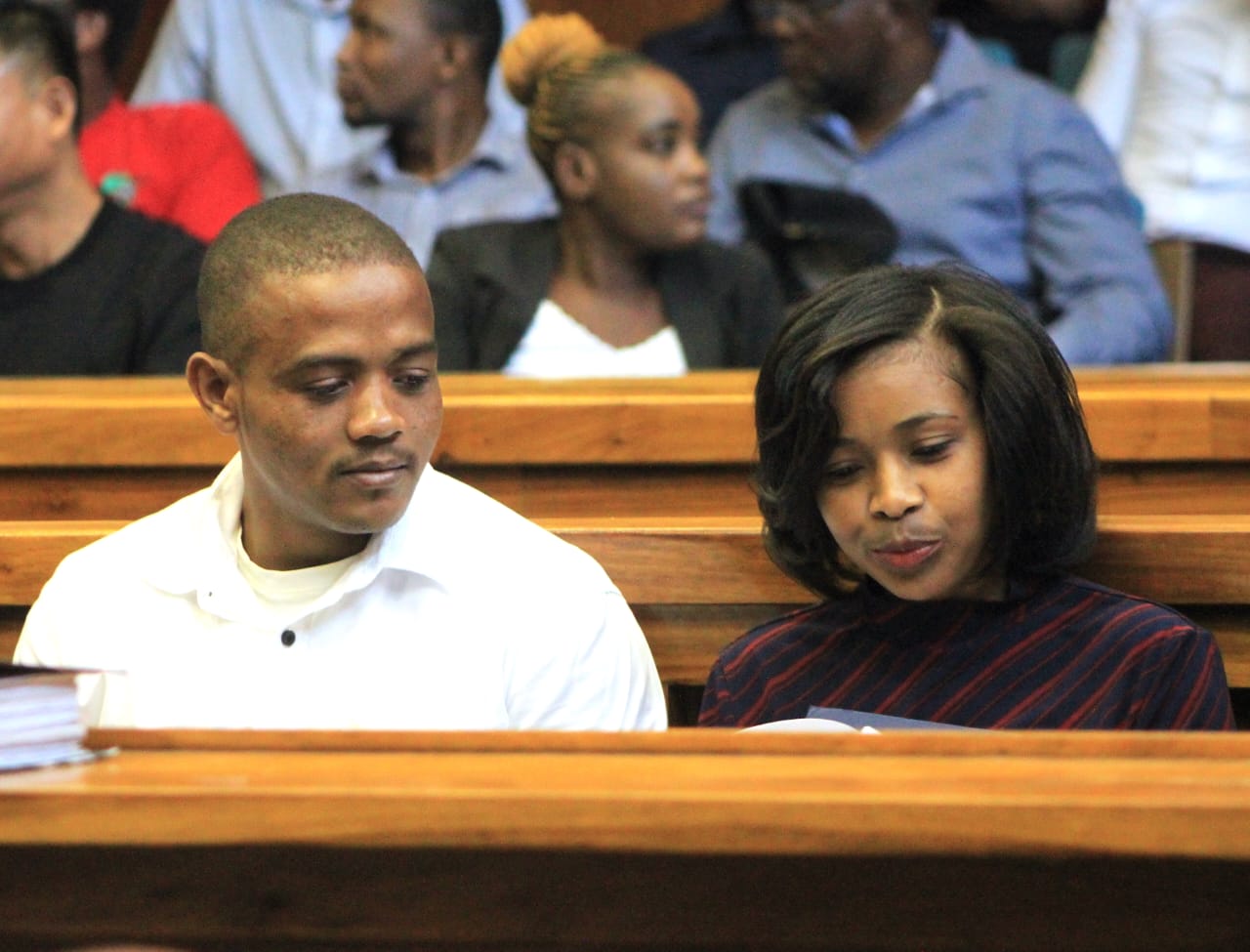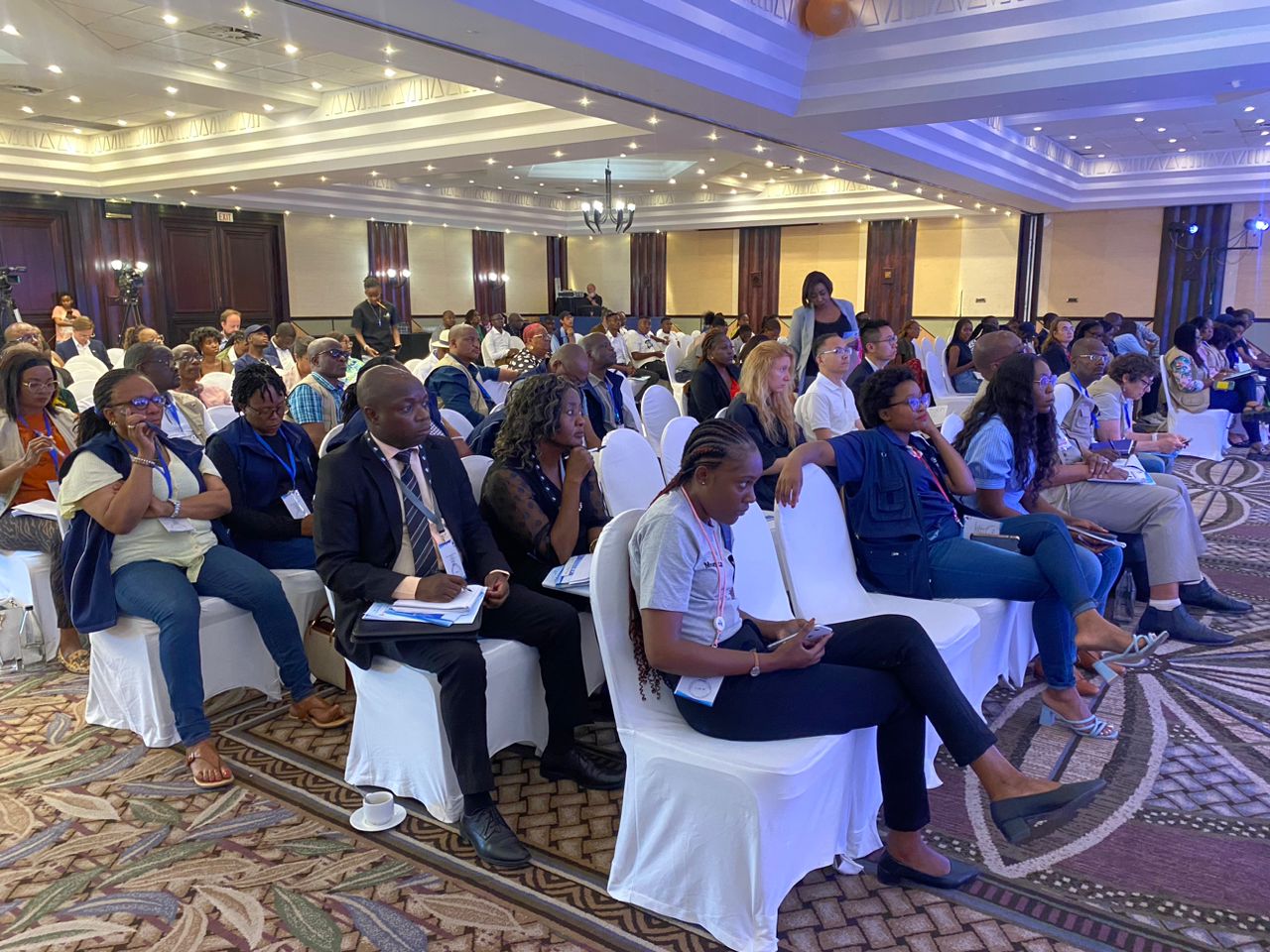President Hage Geingob says Namibia has made “giant steps” towards collective prosperity.
“We are on course in our ambition to leave Namibia in better shape, come March 2025. The foundations of the Namibian house have been strengthened. Namibia is on course for a sustainable economic revival,” Geingob said in his new year address.
“Many Namibians will recall the difficulties we experienced over the past years, starting with a global commodity crisis in 2015, which led to protracted declines in government revenue, affecting the implementation of the ambitious development and infrastructure manifesto the government had planned,” Geingob said.
He recounted that between 2016 and 2019, the country experienced the most severe droughts recorded in Namibian history, forcing the government to spend more than N$3 billion on drought relief.
“Undoubtedly, Namibians will not forget the calamity and devastation in 2020 caused by the invisible enemy, the Covid-19 pandemic. Namibians from all walks of life lost their loved ones; lockdowns impacted sectors of our economy; businesses closed down; job losses occurred in the services sector, specifically in tourism,” the president noted as well.
Geingob said policies engineered during the pandemic, fiscal support provided to businesses and cash grants made to more than 500 000 Namibians allowed the most vulnerable to absorb the shocks from Covid-19.
“As we traversed these difficulties, the government increased the old-age pension grant from a meagre N$600 in 2016 to N$1 400. Before I leave office, I hope that the old-age grant will be increased to N$2 000 or even N$3 000.
“Food banks, which are now being converted into a conditional basic income grant, were rolled out to all regions of the country, assisting food-insecure Namibians in urban and peri-urban areas.”
Geingob also noted that the government established the Welwitschia Fund, to promote intergenerational prosperity through redistribution of benefits from natural resources.
He added that the tourism sector is returning to pre-Covid-19 levels.
Geingob further said that according to the Greenfield foreign direct investment performance index, Namibia was ranked first in Africa in foreign direct investment in 2022.
Reported economic growth of 7,2% in the third quarter of 2023 should give Namibians hope and optimism for a future of shared prosperity, he said.
“Three years ago, green hydrogen was just a topic of conversation. Today, it is a reality. Institutions and policies are in place. We are deliberate in using the interest in green hydrogen to stimulate other sectors of our economy and new adjacent industries, including logistics, agriculture and sustainable manufacturing. Namibia’s efforts to develop green maritime corridors and to cultivate giant kelp forests, including the production of hot briquetted iron are but a few examples of adjacent industries that will benefit from our concerted efforts to ensure that Namibia becomes a hub of clean energy and green industries,” the president added.
“As we look to 2024 and beyond, it is clear that we are entering a year that promises the delivery of tangible outcomes that have been carefully curated throughout 2023.
“In 2024, we expect the announcement of concrete outcomes from the intensive offshore drilling of oil. Several uranium mines will recommence operations. At least three pilot projects in the green hydrogen space should conclude construction activities,” Geingob also said.
Stay informed with The Namibian – your source for credible journalism. Get in-depth reporting and opinions for
only N$85 a month. Invest in journalism, invest in democracy –
Subscribe Now!






